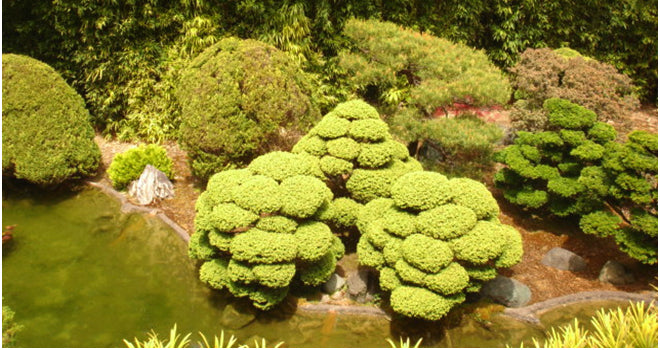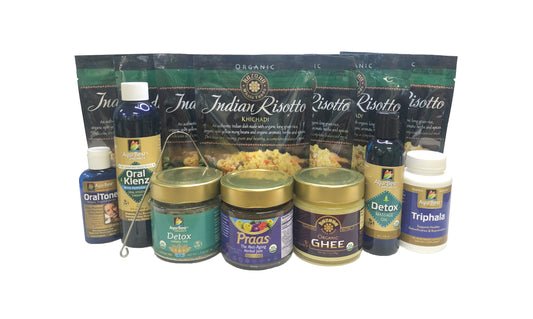Ayurvedic Terminologies
In order to have a better understanding of Ayurveda, it may help to better understand the terms. Listed below are ones you will find throughout our site to help you better understand their purpose.
Ayurveda
This word is derived from two Sanskrit words: Ayu meaning ‘life’ or ‘longevity’ and Veda meaning ‘knowledge of’. Therefore, Ayurveda precisely means the ‘Science of Life’ or “the ultimate knowledge of life”.
Bala
Meaning strength or immunity.
Chyawanprash/Chyavanprash/Cyavanaprasa/Praas
A world known Ayurvedic formulation used for rejuvenation. This formulation has been adapted to better suit the region and needs of the people within. Our variation is geared towards the environments encountered in the US and what is needed to find balance to our lifestyles.
Dashmool/Dashmoola/Dasmula
"Dash" means ten and "mool/mula" means roots. The literal meaning of the word is ten roots, which is what this ancient Indian formula including: Ringani/ Bruhati (Solanum indicum), Agnimantha (Premna integrifolia), Shalparni (Desmodium gangeticum), Shyonaka (Oroxylum indicum), Prishniparni (Uraria picta), Padal/ Patala (Stereospermum chelenio / suaveolens), Bael/ Bilva (Aegle marmelos), Gokshur (Tribulus terrestris), Gambhari (Gmelina arborea), Kantakari (Solanum xanthocarpum).
Dosha
In Ayurveda everything is based on the idea that the world is made up of five elements — aakash (space), jala (water), prithvi (earth), teja (fire), and vayu (air). There are three primary combinations of these elements that result in three humors, or doshas, known as vata, kapha, and pitta. Doshas are the basis for ones balances of mind, body and soul. Each person has made up of all three doshas with one being your primary drive and balance factor.
Guru
Is a teacher, preceptor, guide.
Pitta
This dosha is comprised of fire & water elements. Those who are primarily Pitta have medium builds, have acne prone skin and find that sweet, bitter and astringent tastes from fruits and vegetables help with balance. Also this dosha often has strong endocrine, metabolic and digestive systems.
Kapha
This dosha is comprised of water & earth elements. Those with Kapha as their primary often are dominant, calm and grounded. They often have good moisture to the skin and body and maintain a good immune system naturally.
Khichadi/Khichari/Kitchari
This is widely dish is considered India's most traditional comfort and healing food. This dish is made with dal (beans), rice (or other grain), and often veggies with a spice blend.
Ojas
"Vigor" or "Essential Energy" that is needed for perfect health. It is the vital energy that helps with immunity, strength, and happiness.
Satvik
Derived from a Sanskrit word "Sattva". Sattva is a concept meaning one that is pure, true, ethical, energetic, clean, strong, wise and vital. A satvik diet or plan includes components as such that to help cleanse and make one strong, vital, and energetic in a wise and ethical manner.
Shakti
Meaning is power and energy. This is useful for kapha dosha as it supports their balance.
Shanti
Meaning is inner peace a sense of calm and matches well with vata dosha as it balances their energy.
Sheetal
Means cool, things that are strong with Pitta need cooling to balance their dosha.
Vata
This dosha is comprised of Air & Space elements. Those that Vata is most prevalent tend to be dry and need more fluids often and have a thin build. They are often imaginative, enthusiastic and the dosha is also associated with motion and good circulation.
Veda
Means knowledge, science; The Vedas are ancient texts of Ayurveda.
Disclaimer: THE INFORMATION PROVIDED ON THIS WEBSITE HAS NOT BEEN EVALUATED BY THE FOOD AND DRUG ADMINISTRATION. THE PRODUCTS ARE NOT INTENDED TO DIAGNOSE, TREAT, CURE OR PREVENT ANY DISEASE.




